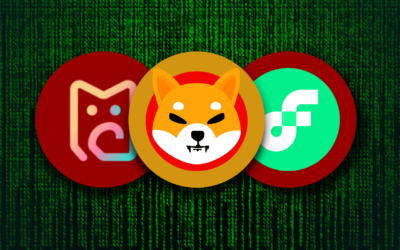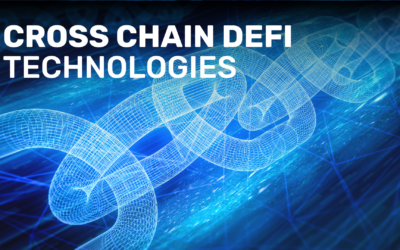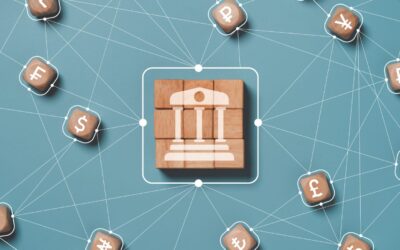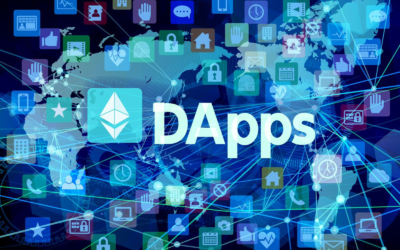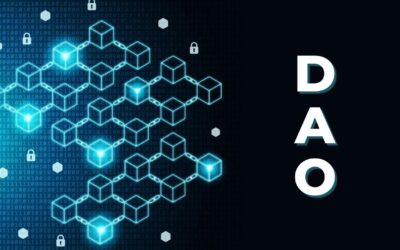Decentralized Finance has taken the world by storm since 2018 when 15 Ethereum-based initiatives banded together with the goal of creating an autonomous, safe, and open financial system. MakerDao, Origin Protocol, and Paradigm were among the early proponents of the DeFi movement.
Decentralized finance, which is a blockchain-based idea, began to gain traction as a viable alternative to traditional finance as its financial services operate without an intermediary. Because of its ability to be a financial tool that is outside of government and regulatory authority it has the potential to disrupt traditional finance. The debate over decentralized finance vs. traditional finance is fuelled by the need for an open, transparent, and secure financial system.
Difference between DeFi and Traditional Finance:
- Source of Trust: A public blockchain serves as the trusted source in decentralized finance, controlling all financial transactions. In traditional finance, on the other hand, public governance, which includes regulations and licenced financial organizations, serves as the source of trust, governing all operations.
- Barrier to Entry: The other reason for the growing popularity of DeFi is the lack of barriers to entry. Anyone with programming skills can participate in developing financial services on blockchain. However, in traditional finance there exists high entrance barriers which makes it unlikely to embrace the rising trend. The requirement to secure relevant licenses and authorisation from regulators has hampered innovation in the traditional finance systems.
- Management: DeFi, as the name suggests is a decentralized system which means that it negates central management. No single institution or person has a monopoly on operations. Traditional financial systems, on the other hand, have centralized control. The Central Bank is in charge of overseeing overall financial activities. The organization is hierarchical, with different people having varying levels in financial transactions.
- Transparency: DeFi runs on blockchains. As a result, it is transparent. All transactions are open to the public and are pseudonymous. This function aids in concealing the true identities of the parties involved. Traditional financial systems, on the other hand, are private. You deal with your banker, agent, or broker on a one-on-one basis. In addition, your genuine identity is revealed.
- Geographical Extent: DeFi services are available anywhere in the world where there is internet access. People can be at opposite ends of the globe and still transact. Traditional financial systems, on the other hand, are constrained by place and time. Financial institutions have jurisdictions within which they are not permitted to operate and the majority of their services are available during business hours.
- Nature of Assets: On DeFi network, all transactions are entirely digital. All of the transactions on it making use of cryptocurrencies. Traditional financial services are polar opposite. They utilise fiat currency here.
Defi is a paradigm that is rapidly transforming and enhancing efficiency in the financial sector. It currently holds assets worth $92.32 billion and is in clear exponential growth which indicates that many users are looking for a more flexible, efficient, and less controlled system. Also, one does not have to worry about security breaches, cross-border limitations, privacy, costs, downtime, and others. While we may be on the verge of a new bubble, we may also be at the start of a new major development cycle for blockchain technology.



